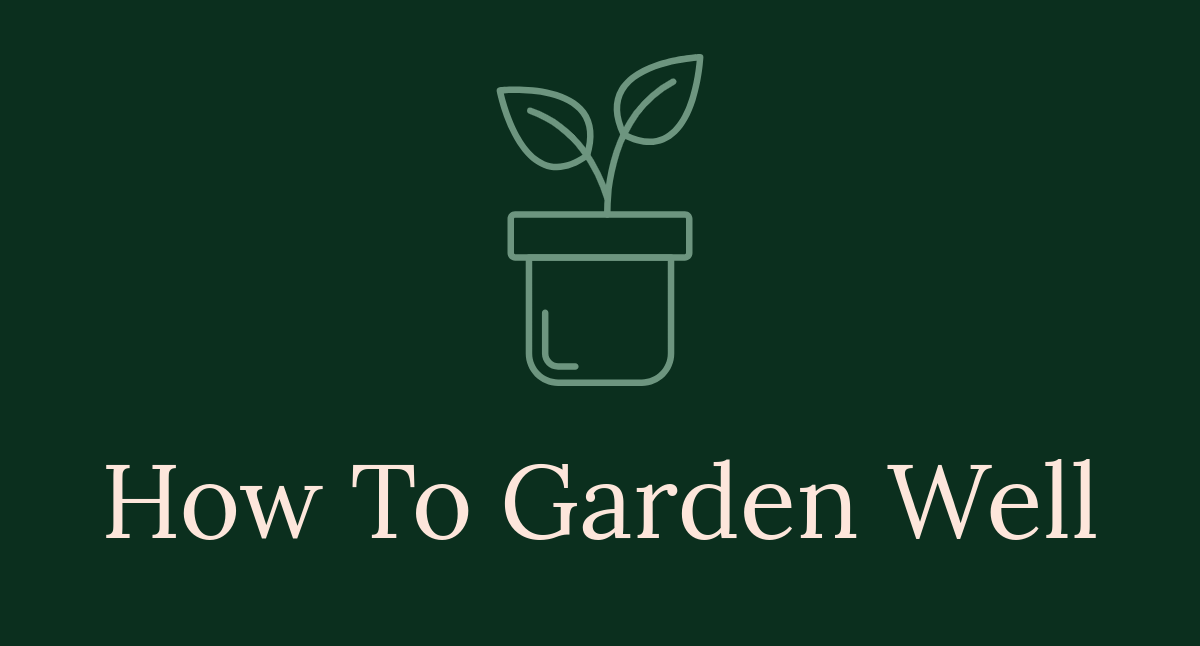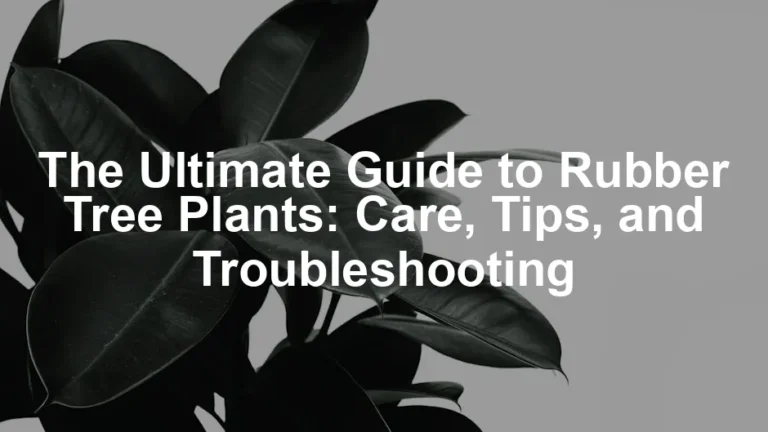

Hardy Gardenia Plant: A Comprehensive Guide to Cultivation and Care
Introduction
Are you looking for a stunning plant to enhance your garden? The hardy gardenia might be just what you need! This beloved plant is popular among gardeners for its striking beauty and delightful fragrance. With its lush evergreen leaves and exquisite white flowers, the hardy gardenia adds charm to any landscape. In this article, we’ll guide you through its care, cultivation, and common issues to help you succeed in growing this captivating plant.
Speaking of enhancing your garden, don’t forget about the essential organic compost for gardening. It’s the secret ingredient that can help your gardenia thrive!
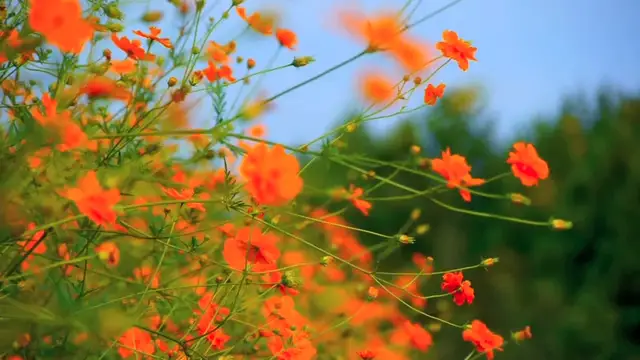
Summary and Overview
The hardy gardenia, known scientifically as Gardenia jasminoides, belongs to the Rubiaceae family. Native to southern China and Japan, it thrives in regions with warm climates. This evergreen shrub typically reaches a height of 2 to 3 feet and spreads just as wide, making it perfect for smaller spaces.
What truly sets the hardy gardenia apart is its fragrant, showy flowers that bloom seasonally, enchanting anyone nearby. Gardeners love its ornamental value, adding beauty and elegance to borders and entryways. To ensure your gardenia remains healthy and blooms beautifully, understanding its care requirements is essential. With the right knowledge, you can enjoy its stunning presence in your outdoor space for years to come.
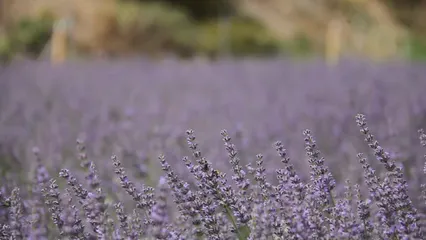
Understanding the Hardy Gardenia Plant
Characteristics
The hardy gardenia, or Gardenia jasminoides, is a stunning evergreen shrub. It features thick, glossy, dark green leaves that can grow up to four inches long. These leaves provide a beautiful backdrop to its showy white flowers, which have a delightful fragrance. You’ll often find these blooms in a funnel or bowl shape, with 5 to 11 lobes.
Blooming seasons can vary based on geography. In warmer climates, gardenias may bloom throughout the year. However, in cooler areas, expect flowers from late spring to early summer. One of the most notable cultivars is ‘Kleim’s Hardy.’ This variety is especially valued for its cold resistance, as it thrives in zone 7. It grows to about 2 to 3 feet tall and wide, showcasing single, fragrant white flowers with yellow stamens.
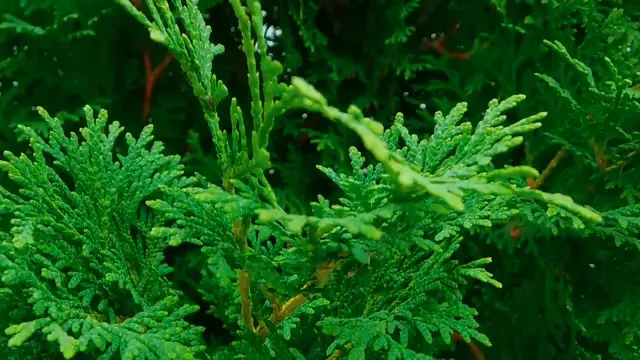
Growing Conditions
For optimal growth, the hardy gardenia prefers well-drained, acidic soil. It thrives in part shade, making it versatile for various garden settings. While this plant can adapt to different climates, it’s particularly hardy in USDA zones 7 to 10. With proper care, the gardenia can flourish, offering beautiful blooms and lush foliage year after year.
Did you know that you can easily check your soil’s pH to ensure it’s suitable for gardenias? A soil pH test kit can help you determine if your gardenia is getting the right nutrients it needs!

Cultivating Hardy Gardenia: Step-by-Step Guide
Planting
Ready to plant your hardy gardenia? The best times are spring and fall. Planting during these seasons helps your gardenia establish roots before extreme temperatures set in. Here’s a quick guide for planting:
- Choose the Right Spot: Look for a location with partial shade. Gardenias thrive in light but can struggle in full sun.
- Prepare the Soil: Ensure the soil is well-drained and acidic. You can improve your soil by mixing in organic matter like compost.
- Dig the Hole: Make a hole twice as wide and just as deep as the root ball. This encourages root growth.
- Place the Plant: Position the gardenia in the hole, ensuring the top of the root ball is level with the soil surface.
- Fill the Hole: Backfill the hole with soil, gently packing it down. Water well to eliminate air pockets.
When planting in containers, select pots with drainage holes. Use a potting mix that retains moisture but drains excess water. This helps prevent root rot. Ensure the container is large enough to allow for growth.
And just to make your gardening life easier, you might want to consider getting a pair of garden gloves. They’ll keep your hands clean and protected while you dig into the soil!
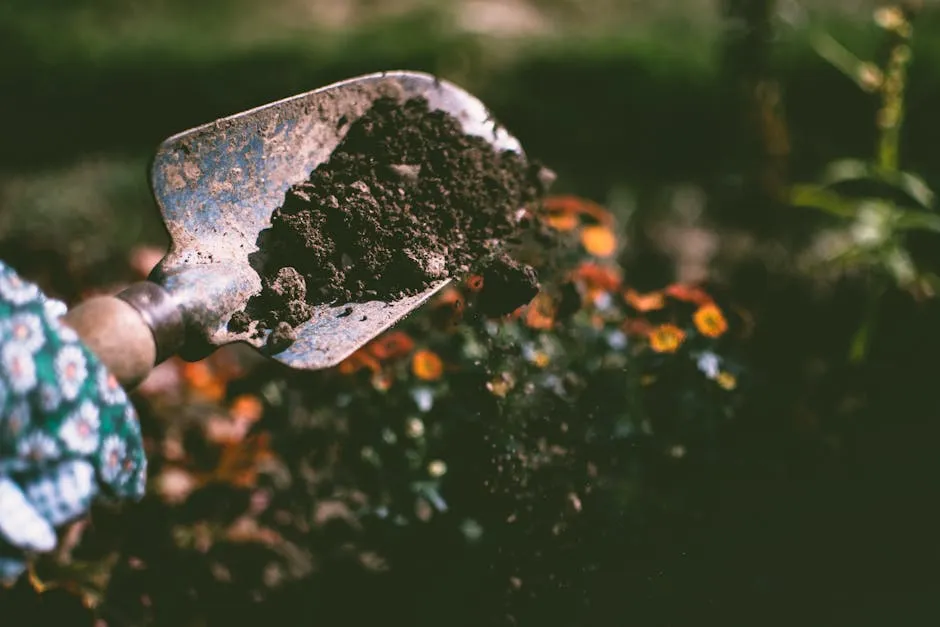
Care and Maintenance
Once your gardenia is planted, ongoing care is essential. Water regularly, keeping the soil consistently moist but not soggy. It’s best to use a watering schedule that adapts to seasonal changes. In hotter months, your gardenia will need more water.
Fertilization also plays a crucial role. Use a fertilizer specifically designed for acid-loving plants. Apply every 4-6 weeks during the growing season to promote healthy growth and blooming. To make things even easier, you can try fertilizer for acid-loving plants to give your gardenia the boost it needs!
Mulching is another key practice. A 2-3 inch layer of mulch around the base helps retain soil moisture and regulate temperature. Organic materials, such as pine bark or shredded leaves, are excellent choices. This not only nourishes the plant as it breaks down but also suppresses weeds.
With proper care and attention, your hardy gardenia will flourish, rewarding you with its stunning blooms and intoxicating fragrance year after year. Whether in your garden or a container, it’s sure to be a showstopper!

Common Pests and Diseases
Maintaining a healthy hardy gardenia involves keeping an eye out for common pests and diseases. These issues can affect your plant’s growth and beauty. Knowing what to look for is the first step to effective management.
Identifying Issues
Common pests include whiteflies and aphids. Whiteflies are small, white, and can often be found on the undersides of leaves. They suck sap, which can weaken your plant. Aphids, tiny and green or black, cluster on new growth. They also feed on sap, leading to curled leaves.
Diseases like powdery mildew and leaf spots can also pose problems. Powdery mildew appears as a white, powdery coating on leaves, often due to high humidity. Leaf spots can be brown or black, indicating fungal infections. Both can hinder your gardenia’s health and vigor.
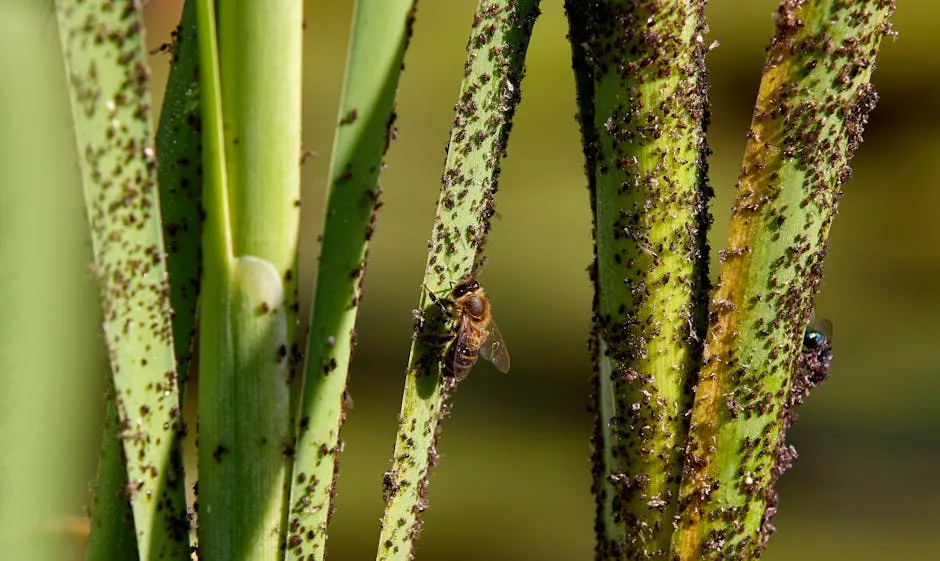
Solutions and Prevention
Preventing these issues starts with good cultivation practices. For pest control, consider introducing beneficial insects like ladybugs. These natural predators eat aphids and whiteflies. You can also use insecticidal soap spray or neem oil for pest control to treat infestations.
For disease management, ensure your gardenia has proper airflow. Avoid overhead watering, which can promote fungal growth. Instead, water at the base to keep leaves dry. Good soil care is vital too; choose well-drained, acidic soil. This helps your gardenia thrive and minimizes disease risk.
Proper watering practices also play a role. Overwatering can lead to root rot, while underwatering stresses the plant, making it more susceptible to pests. By following these best practices, you’ll keep your hardy gardenia healthy and beautiful. For more information on managing pests, check out this guide on common pests in Japanese friendship gardens and how to control them.
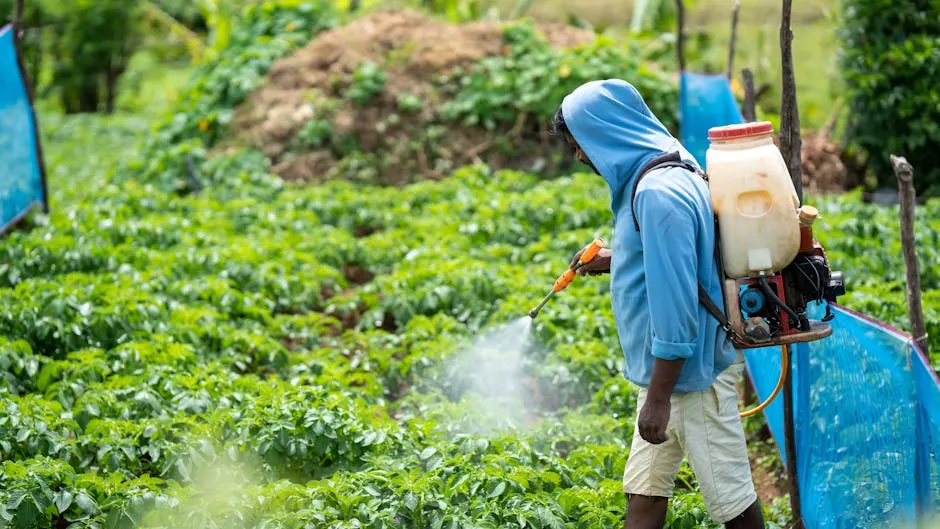
Understanding how to manage common pests is crucial for the health of your hardy gardenia. Learn more about pest control strategies here.
Seasonal Care for Hardy Gardenia
Caring for your hardy gardenia requires adjustments with the seasons. In spring and summer, your gardenia thrives with regular watering and adequate sunlight. Ensure the soil stays moist but not soggy. Fertilize every 4-6 weeks using a fertilizer meant for acid-loving plants. This promotes healthy growth and encourages those stunning blooms.
As the seasons shift to fall, it’s time to prepare your gardenia for winter. In colder climates, consider applying a layer of mulch around the base. This helps insulate the roots against freezing temperatures. If your gardenia is potted, moving it to a sheltered location is advisable. Ideally, keep it indoors in bright light to protect it from harsh winter conditions.
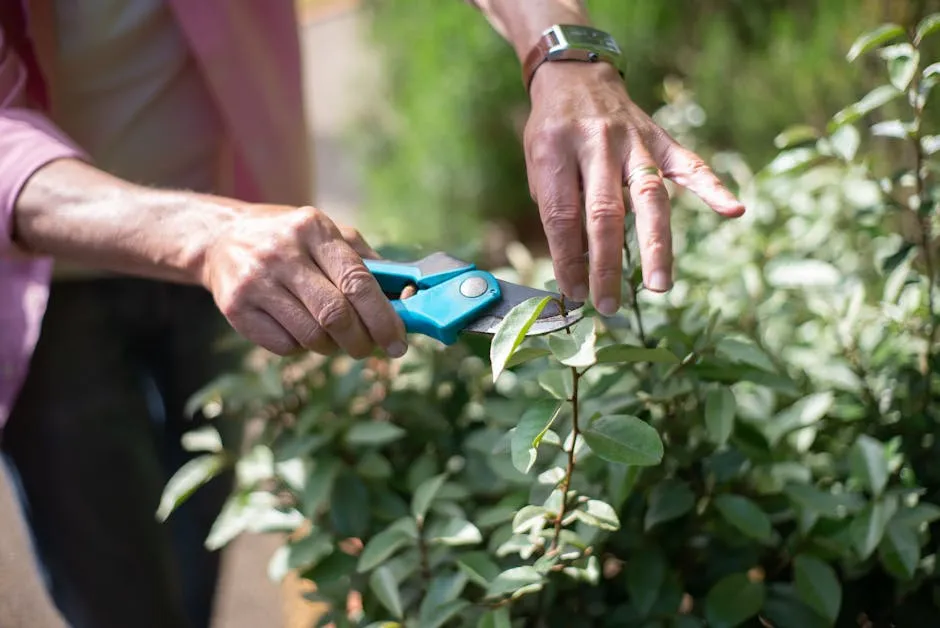
Pruning and Shaping
Pruning is crucial for maintaining a healthy and beautiful gardenia. It encourages new growth and shapes the plant. The best time to prune is right after flowering, typically in late summer. Remove any dead or damaged branches and shape the plant to encourage a fuller appearance. For more detailed techniques on pruning, refer to our comprehensive guide on pruning techniques for fruit trees and shrubs.
Pruning not only improves the aesthetics of your gardenia but also enhances its overall health. Discover effective pruning techniques here.
When pruning, always use sharp, clean tools to avoid damaging the plant. Aim to cut just above a leaf node, which stimulates new growth. Remember, regular pruning not only enhances aesthetics but also improves air circulation, reducing the risk of pests and diseases. With proper seasonal care and pruning, your hardy gardenia will flourish beautifully year after year.
And if you really want to take your gardening to the next level, consider investing in a pair of garden pruning shears. They make cutting and shaping your plants a breeze!

Please let us know what you think about our content by leaving a comment down below!
Thank you for reading till here 🙂
All images from Pexels
